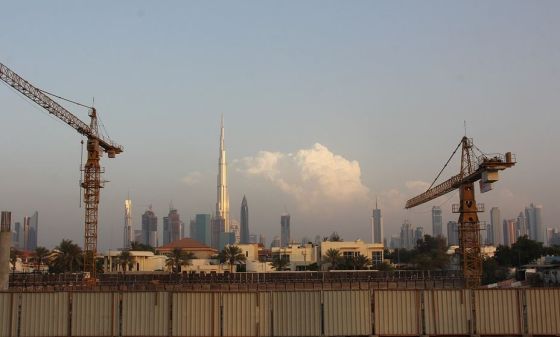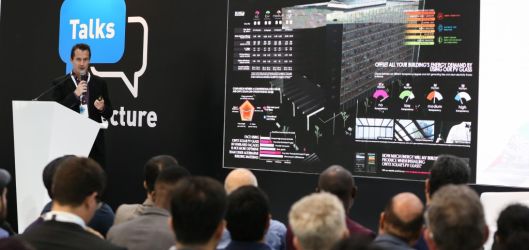
China, the USA, Italy, Saudi Arabia and Germany were the UAE's top five trading partner countries of construction-related equipment and machinery in 2018.
Dubai's hardware and tool trade was valued at AED 4.59 billion in the same year, according to stats released by Dubai Customs. Dubai imported AED 3 billion of hardware and tools over the 12 month period, with exports and re-exports into neighbouring countries valued at AED 1.59 billion.
The Hardware and Tools Middle East show shared the figures earlier this summer as the event, now in its 20th year, attracted 140 exhibitors from nine countries. The Additive Manufacturing Middle East Conference was incorporated into Hardware and Tools ME for the first time, discussing how 3D printing is transforming construction, manufacturing, oil & gas, ship building and automotive.
Dubai's top construction trading partners
In 2018, China remained Dubai's top trading partner country for the second consecutive year, with hardware and tool trade between the two valued at AED 790 million in 2018, representing 17% of the total figure and 4% up on 2017.
The USA was next, with AED558 million worth of trade (12% of the total figure), followed by Italy (AED 416 million), Saudi Arabia (AED 360 million) and Germany (AED 278 million). Together, the top five countries accounted for 52% (AED 2.4 billion) of all Dubai’s hardware and tools trade in 2018.
Additive Manufacturing Hub ambitions
The new Additive Conference was chaired by Dr Bashar, Graduate Program Chair for the Department of Mechanical Engineering at the Abu Dhabi-based Khalifa University. He said Dubai and the UAE aim to be at the forefront of 3D printing on a global scale: “The vision of Dubai and UAE in general is to be the hub for 3D printing in the region or even globally by 2030. The Dubai Municipality regulations dictate that by 2025, 25 percent of Dubai buildings should be 3D printed. This shows how seriously they are taking this topic. It’s a very ambitious vision, but Dubai and the UAE has always taught us that nothing is impossible here.”
“[3D printing] has revolutionised the basic ability of designers, where they can focus on the functionality rather than following the traditional way of designing any product. A key high point in 3D printing is waste reduction compared to subtractive manufacturing where you are machining and removing materials and there’s a lot of waste.
“However, the low point is the cost of the material at this time. But at some point, the two curves will meet and we’ll have optimal cost of raw materials for 3D printing, especially for the metallic printing materials. When that happens, we’ll have a feasible manufacturing operation.”
Hardware and Tools Middle East will return in 2020.
PIC CREDIT: Manprit Kalsi from Pixabay



